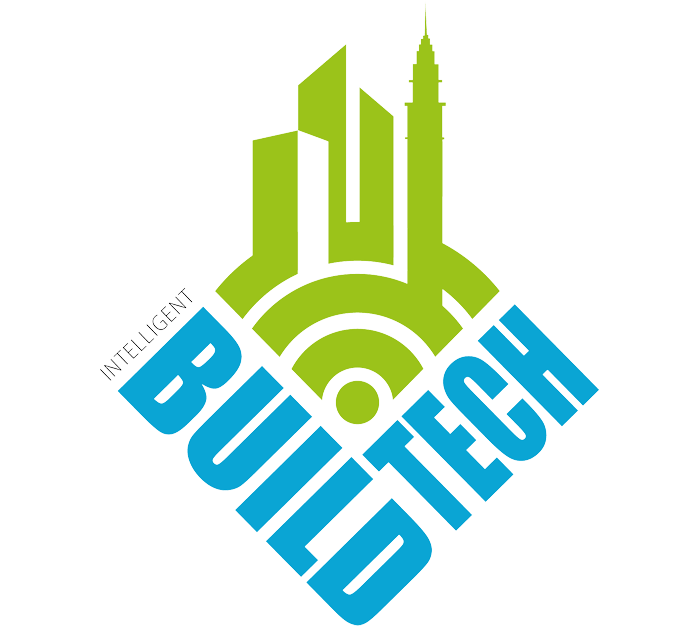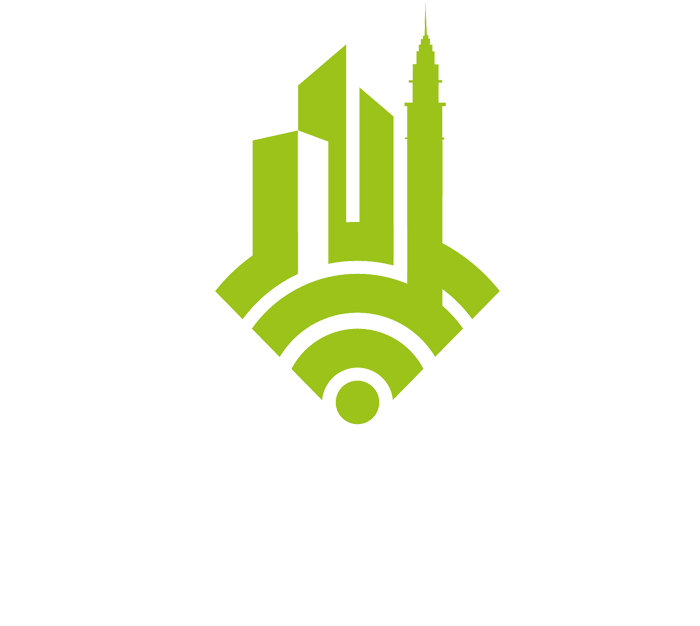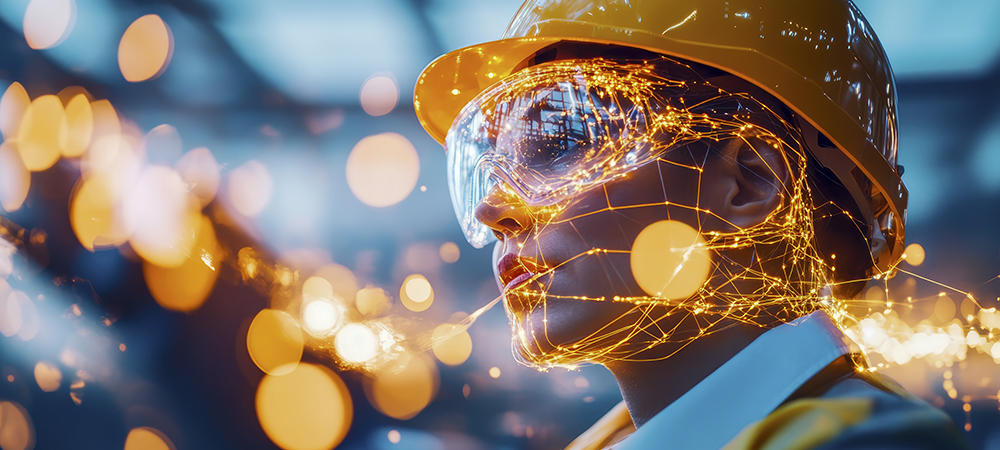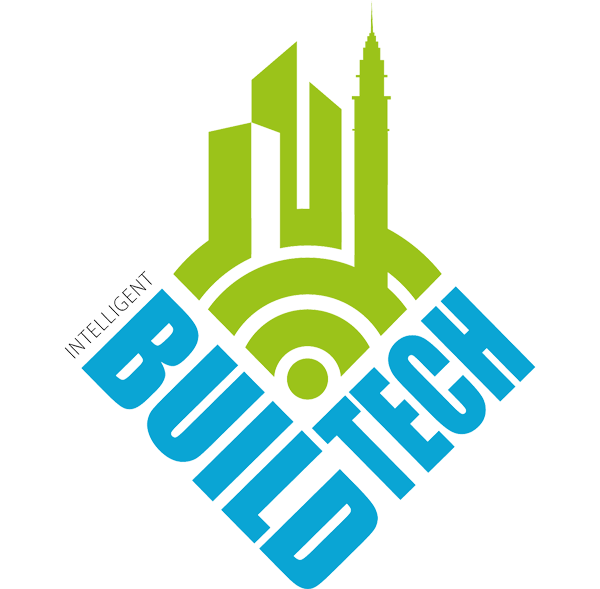Enterprises are now including worker safety, health and skills training as part of their sustainability agenda and road map. However, legacy practices of manual inspections, audits and training are now being replaced by digital technologies. Platforms and tools like AR, VR, drones, AI and IoT are automating these processes and enhancing workplace safety, productivity and compliance, explains Pavel Makarevich, Vice President at Proven Solution.

Although working conditions have improved over the years, implementing and following safety norms has not stopped workplace fatalities. According to a report by the UN’s International Labour Organization, almost two million accidental deaths occur from work-related causes each year, with occupational injuries causing 19% of these incidents and the annual cost to the global economy from such accidents reaching US$3 trillion.
Among the many guidelines for corporate responsibility gaining traction today is the awareness of worker healthcare and safety. Across the GCC, local rules and regulations protect workers’ health and safety.
Under the UAE’s Federal Decree Law on the Regulation of Labour Relations in the Private Sector, employers must provide a safe and appropriate work environment for employees. Both the employer and the employee must comply with all controls and procedures issued by the Ministry of Human Resources and Emiratisation and other competent authorities regarding occupational health and safety.
On a strategic level, strong and effective guidelines for worker safety and protection indicate a strong leadership drive. Business partners and investors are more comfortable with enterprises that openly demonstrate their commitment to sustainability, corporate social responsibility and worker safety.
Research has shown that workers are more productive and committed in environments with strong guidelines for workers’ safety and protection. A strong safety record and visible worker protection measures help attract global customers, recruiters and candidates.
Human negligence requires particular attention because of the various risk indicators for workplace accidents. Workplace inspections are traditionally conducted offline by health and safety officers and a company’s operations team. Recent advancements in technology have enabled the automation of safety audits and inspections.
Augmented Reality (AR) and Virtual Reality (VR) integrated with Artificial Intelligence (AI) and the Internet of Things (IoT) can help transform the approach towards worker safety and training. Together, they bring an immersive training experience and simulation to provide real-time hazard alerts and improve communication and collaboration at work.
Hazard detection and safety violations
AI can improve industrial safety by enabling hazard detection. AI-powered cameras can monitor live video streams and detect unsafe conditions, including deviation from safety guidelines. Alerts and notifications can be automated, which will help prevent violations and punitive fines stemming from breaches of industrial and national regulations.
Wearable mobile devices can also boost industrial safety by offering real-time assessment of the employee’s health condition and the surrounding environment. Biometric sensors, smart helmets and exoskeletons offer data feeds from heart and body temperature and levels of fatigue, which can be used as an alert for possible incidents.
Drones with high-resolution cameras, thermal imaging and gas detection sensors can scan construction sites, oil platforms and power plants for operational and structural progress and deviations. They can also reach hard-to-access sites and restricted zones, reducing the cost, time taken and risks associated with manual inspections.
Safety training and inspections
AR and VR can transform worker training programmes on safety practices by simulating possible hazardous scenarios. In a virtual environment, workers can be trained to deal with emergencies, recognise hazards and handle dangerous equipment.
Safety inspections can be enabled using information overlays superimposed on images of equipment or the premises to flag violations and the nature of remediation. AR headsets create a hands-free environment that can help with safety inspections and accelerate on-the-job training.
Models for predicting incidents
Advanced AI systems can help predict areas of failure and possible incidents. Algorithmic insights can help reduce incidents and accidents in the workplace. AI models process real-time data from sensors, historical data around behavioural patterns and other data to identify possible risks and safety measures that need to be implemented.
Sensors linked to IoT can register changes in temperature and humidity, gas concentration and vibration, providing early indications of possible dangerous incidents. These advanced devices connect to centralised or Edge systems, which activate an alarm for prompt action. IoT wearables can also monitor workers’ locations, flagging their movement when they enter restricted or hazardous areas.
AR, VR, AI and IoT can also help enterprises rapidly implement and demonstrate audit results. This boosts the practice of compliance and regulatory inspections and raises the enterprise’s corporate and sustainable profile as an efficient and empowered organisation that respects the importance of worker safety and training.
